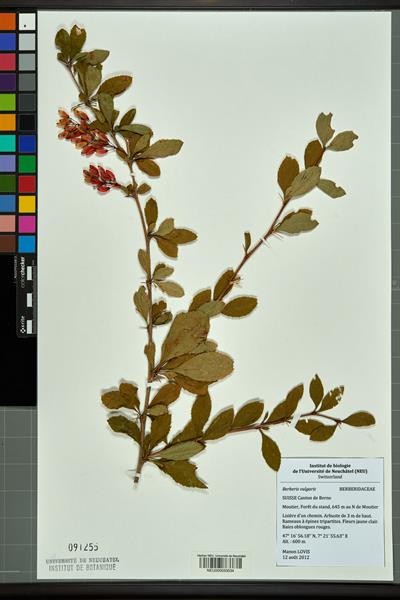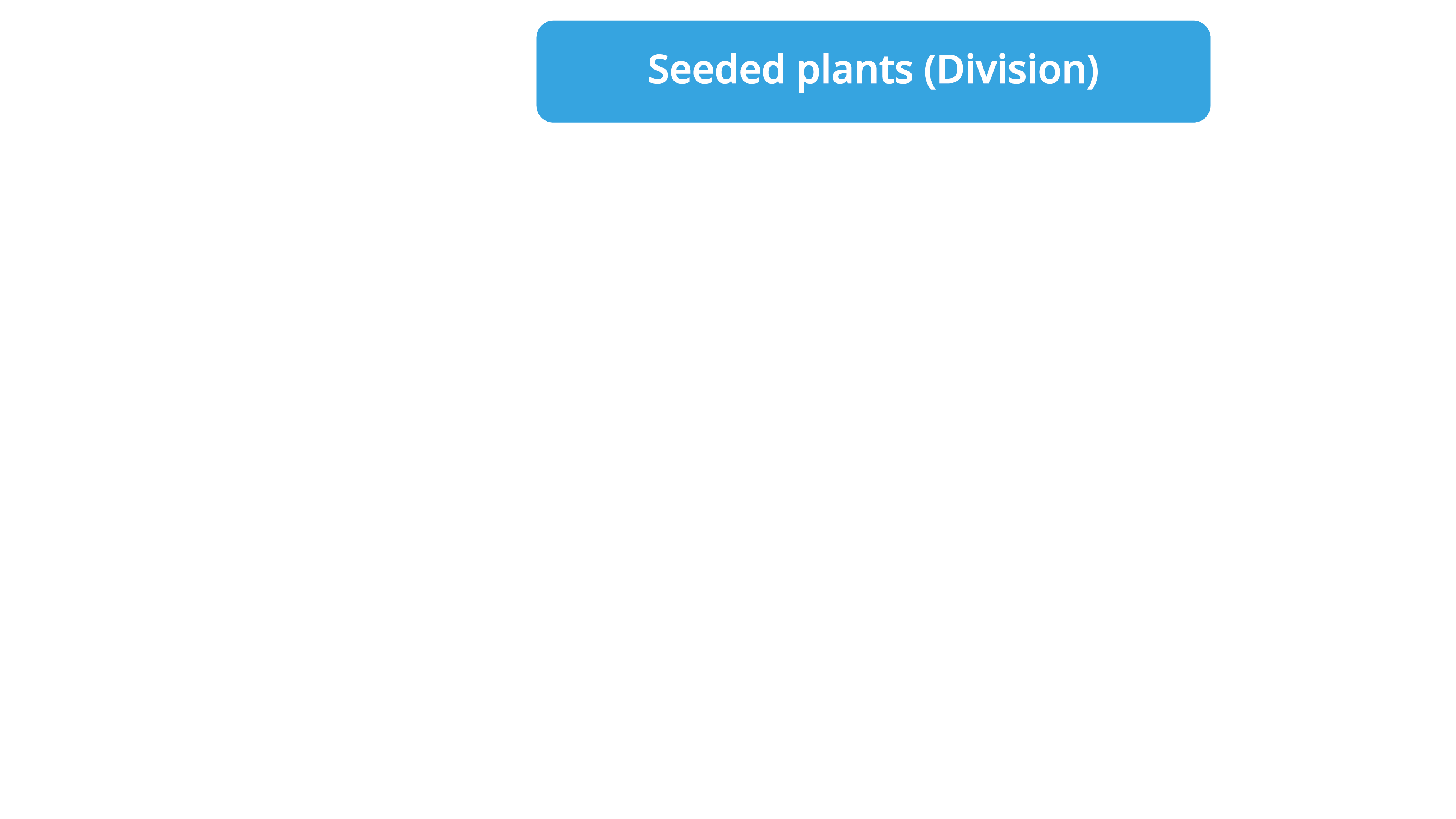
PUMPA - SMART LEARNING
எங்கள் ஆசிரியர்களுடன் 1-ஆன்-1 ஆலோசனை நேரத்தைப் பெறுங்கள். டாப்பர் ஆவதற்கு நாங்கள் பயிற்சி அளிப்போம்
Book Free DemoThe branch of biology that classifies all living things is known as Taxonomy. It deals with the study of identification, classification, description and nomenclature of living organisms.
Origin of the word:
The term taxonomy was first coined by Augustin Pyramus de Candolle. It was derived from two Greek words means,
(Taxis means arrangement, and Nomos means laws).
Classification:
As we have learned in our grade \(7\) classification,
Arranging the organisms into groups based on their characteristics is known as Classification.
Click here to recall what is classification in detail.
The plants are arranged into different groups and categories based on similarities and differences.
Classification is of four types. They are as follows:
- Artificial system of classification
- Natural system of classification
- Phylogenetic system of classification
- Modern system of classification
1. Artificial system of classification:
It is the earliest classification system in which plants are classified based on one or a few morphological characters. Various characteristics, such as the number and the position of stamens, style etc., were used as parameters of this classification. This classification is also known as Linnaeus classification.
The Linnaeus classification was proposed by Carolus Linnaeus in his book 'Species Plantarum'. It is the most famous artificial system of classification of plants.
2. Natural system of classification:
This system of classification classifies plants on various parameters. Bentham and Hooker’s classification is an example of the natural system of classification. The seeded plants are classified based on morphological and reproductive characters here..
This classification system was first published by Bentham and Hooker in their book, Genera Plantarum, in three volumes. This method of classification is widely used in many herbaria and botanical gardens all over the world.

Botanical garden in Ooty
What is a herbarium?
The collection of pressed, dried plants pasted on a sheet and arranged according to any one of the accepted systems of classification is known as Herbarium.

Herbarium
The largest Herbarium in India is located at Kolkata. It has more than \(10,00,000\) (one million) species of herbarium specimens.
An outline of Bentham and Hooker’s System of Classification:

In this classification the division of seeded plants are classified into various classes, subclasses and series.
- The division of seeded plants is classified into the classes Dicotyledonae, Gymnospermae and Monocotyledonae.
- The class Dicotyledonae is classified into the subclass Polypetale, the class Gymnospermae is classified into the subclass Gamopetalae, and the class Monocotyledonae is classified into the subclass Monochlamydeae.
- The subclass Polypetale is further classified into the series Thalamiflorae, Disciflorae and Caliciflorae. The subclass Gamopatalae is classified into Inferae, Heteromerae and Bicarpellatae. And, the subclass Monochlamydeae is classified into eight series and 36 families.
Reference:
https://upload.wikimedia.org/wikipedia/commons/e/eb/Neuch%C3%A2tel_Herbarium_-_Berberis_vulgaris_-_NEU000033534.jpg
https://upload.wikimedia.org/wikipedia/commons/2/25/Botanical_Garden_ooty.jpg